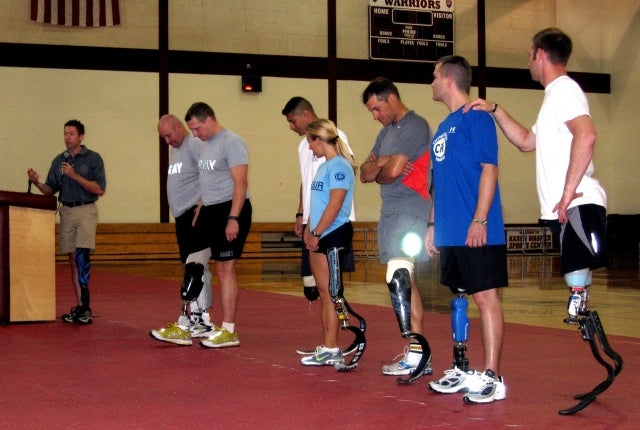DARPA Seeks Prosthetics Directly Controllable Through Brain Implants
Artificial limbs have advanced quite a bit since the days of the pirate peg leg, but not nearly enough for...

Artificial limbs have advanced quite a bit since the days of the pirate peg leg, but not nearly enough for DARPA. The Pentagon agency has kicked off a new phase of its “Revolutionizing Prosthetics” program that sets the hefty goal of creating a fully-functional human limb directly controlled by the brain within five years, according to Wired’s Danger Room.
DARPA has already backed the “Luke” prosthetic arm controlled by foot-operated joysticks, the brainchild of Segway inventor Dean Kamen. But the neurally-controlled prosthetic project requires scientists to make neural-recording interfaces that last longer than their current measly two-year lifespan.
A more sensitive interface that detects more brain activity would also be good. DARPA’s existing prototypes can only transmit 500 events per second, compared to the thousands of neural communications involved in a simple motion such as using an arm to eat.
The new goal for neurally-controlled limbs is a prosthetic that has a 70-year lifespan and perfect integration with the human body. But as Wired’s Danger Room notes, DARPA has already planned for failures by encouraging researchers to push the limits of current interfaces — better to study failure in a lab before a military veteran finds that his or her device has stopped working.
Given that this is DARPA, the project also mentions using brain implants that interface directly with the human nervous system. Sounds like the agency managers might want a chat with Intel’s researchers.
[via Wired’s Danger Room]